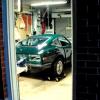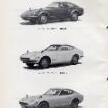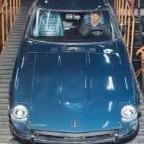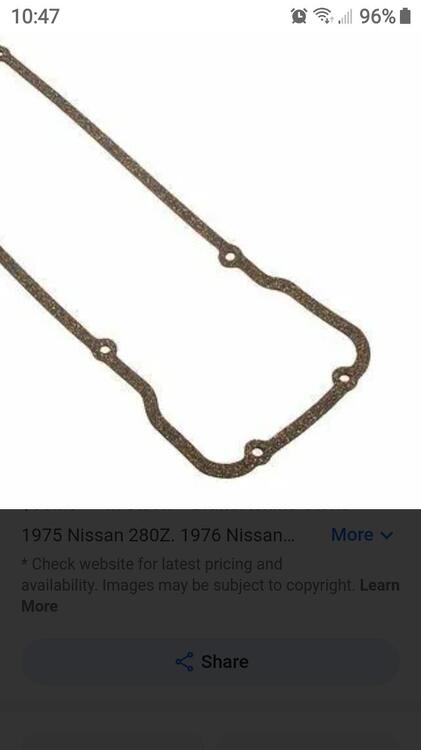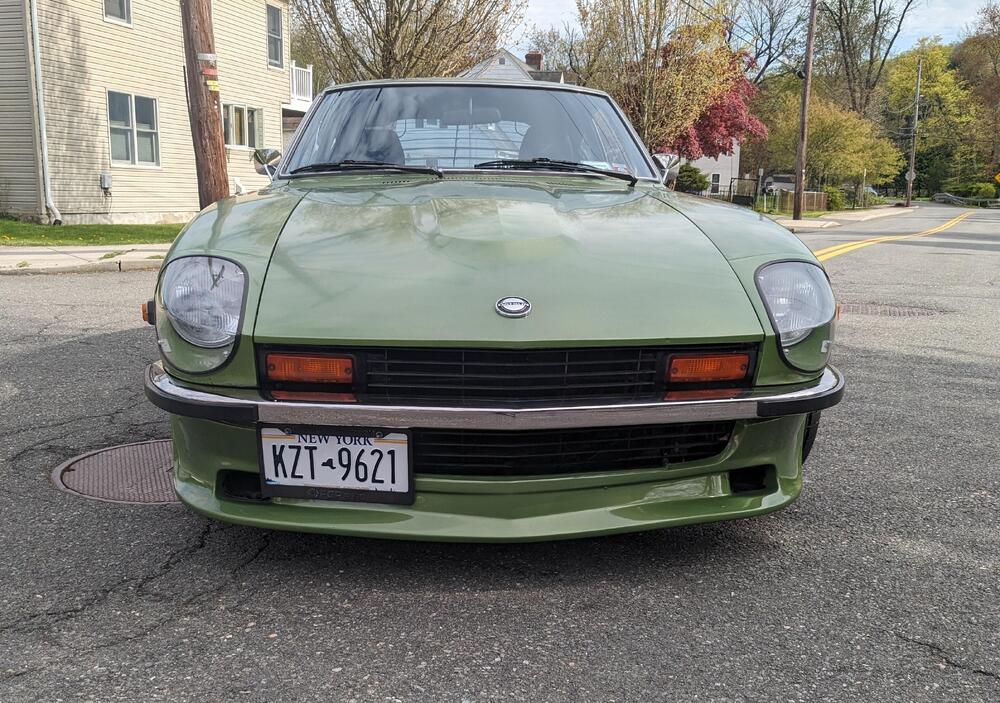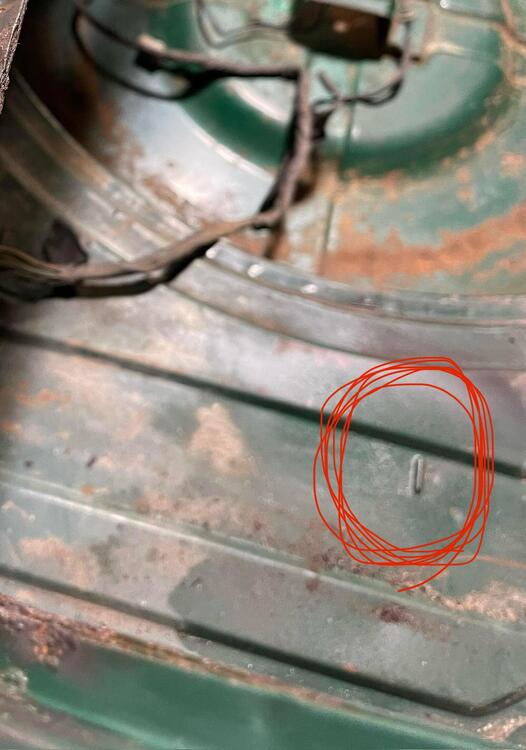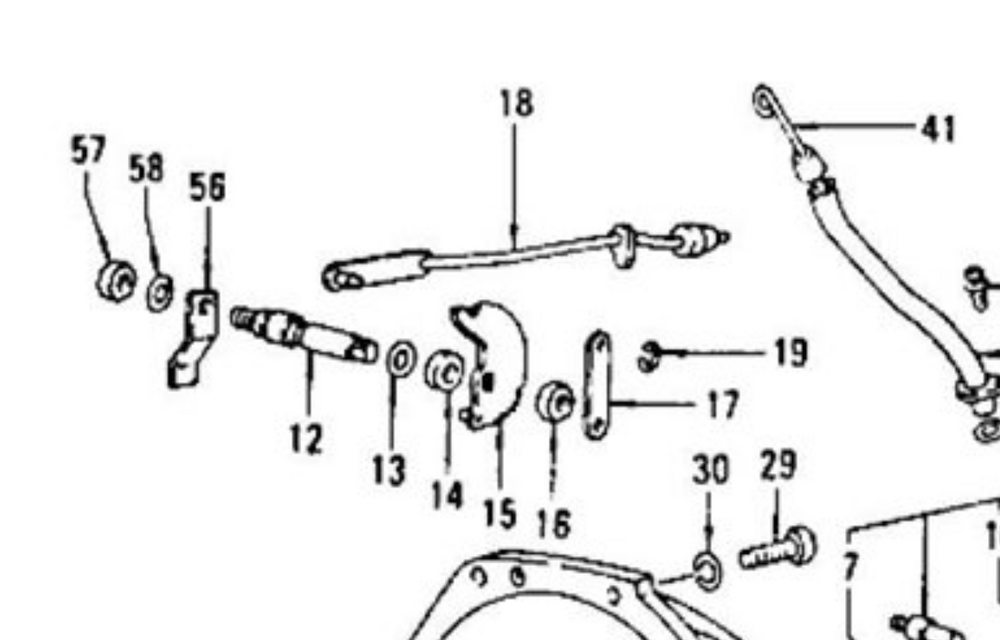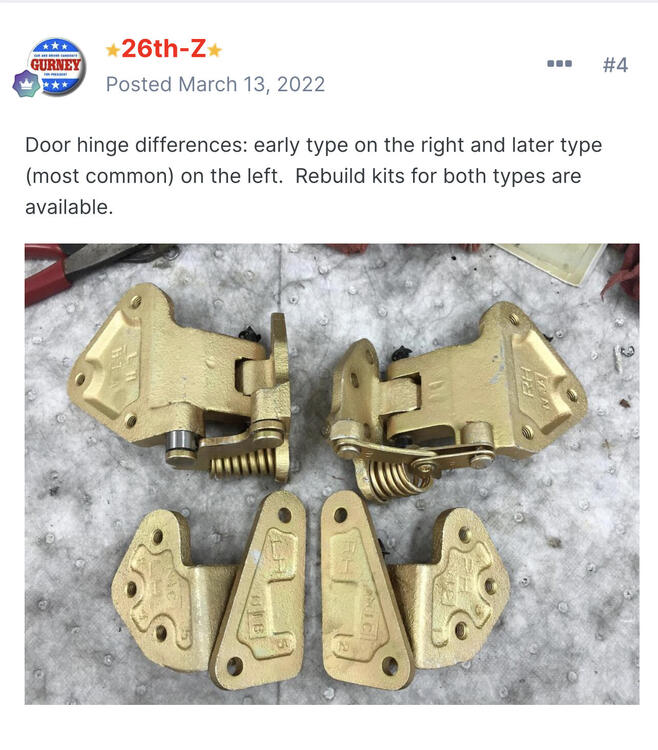Wow!! I really like your green 1969 240Z.
Thanks for sharing a lot of pictures.
A tiny dent caught my eyes, which is on the rear deck floor, near the frame rib.
The dent was pushed upward from underneath of the floor, that is a good sign of the super early cars. I don’t know why, the later dent was pushed down from above the floor. This is true for all the other dents in the rear deck floor and maybe for the firewall.
I have been talking about this with an enthusiast Chris in Netherlands. He has been doing extensive work for his a lot of 1969 240Z.
This leads me my curiosity about “which model is earlier than others in 1969.”
I am not talking about the Nissan official report of the first 14 cars strats from S30-00001.
I am talking about cars like made in October, November, December.
HLS30-00051, HS30-00051, PS30-00051, S30-00051.
I guess they would be like this (starting with the earliest)
S30-00051, HLS30-00051, PS30-00051,HS30-00051.
We don’t argue about HS30-00051 is a 1970 made. But other three are fun to discuss. (I know most of the people are not interested in talking about S30 and PS30)
Anyway, PS30-00051 was not made in October like S30-00051 and HLS30-00051. I don’t know why, looks like Z432 was taking a rest for a while in October then re- engaged in the assembly line in November or even December.
We can tell it by the dents on the floor. Even PS30-00028 is not made so early. I would say not in October.
According to the data from NIPPON JIDOUSYA KOGYO KAI, 72cars were made as Z432(including Z432-R) in 1969.
Most of them would have been made in November or December.
Do you remember Nissan Shatai reduced production of export models (DATSUN 240Z) in December?
I would guess it could be because of the test reports from the team ‘test ride in US & CANADA’. They reported steering kick back and rear axle vibrations. Nissan Shatai would have decided to make more PS30 cars in December instead of export models.
Kats
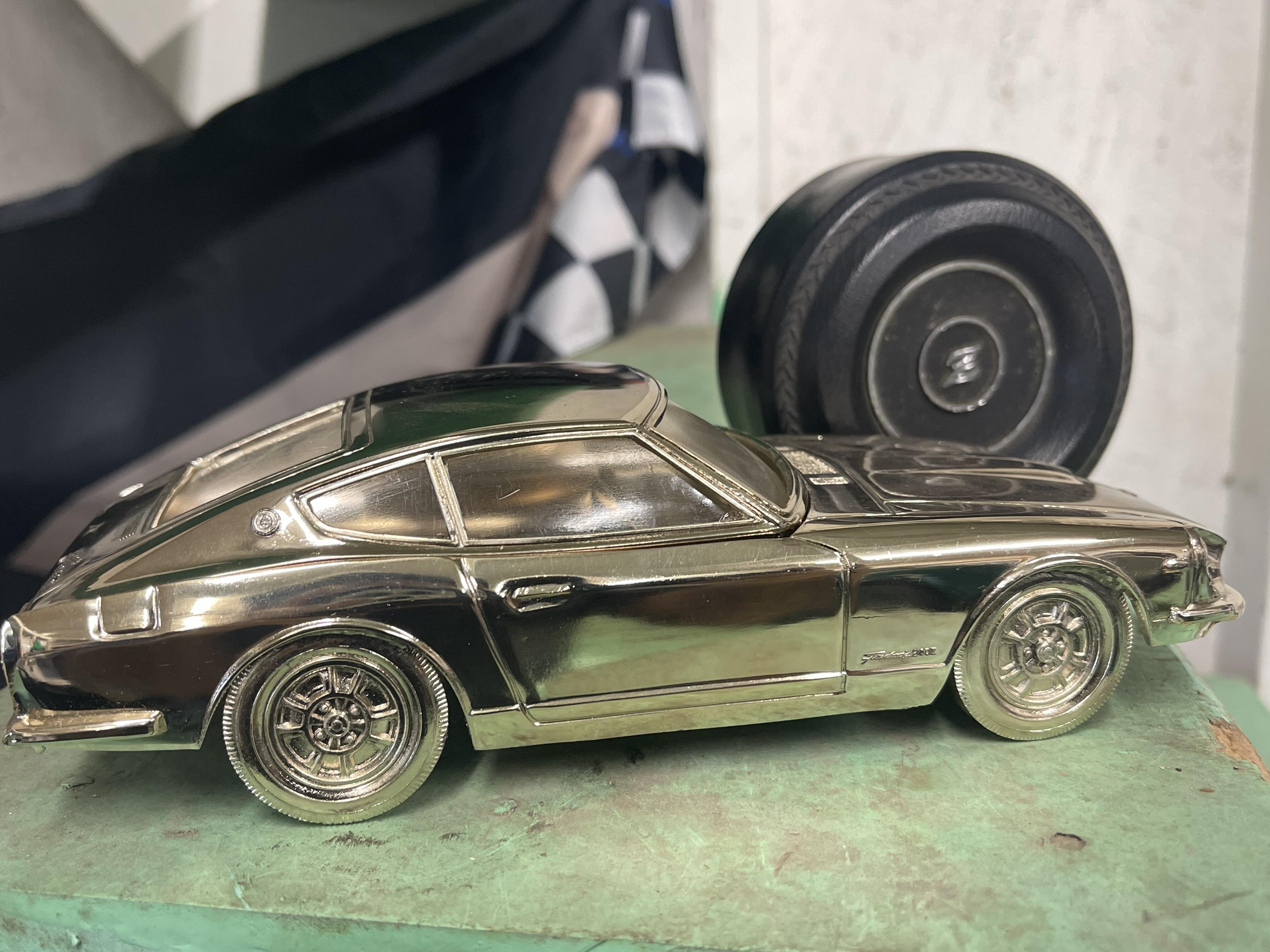
 Subscriber
Subscriber 5Points445Posts
5Points445Posts



